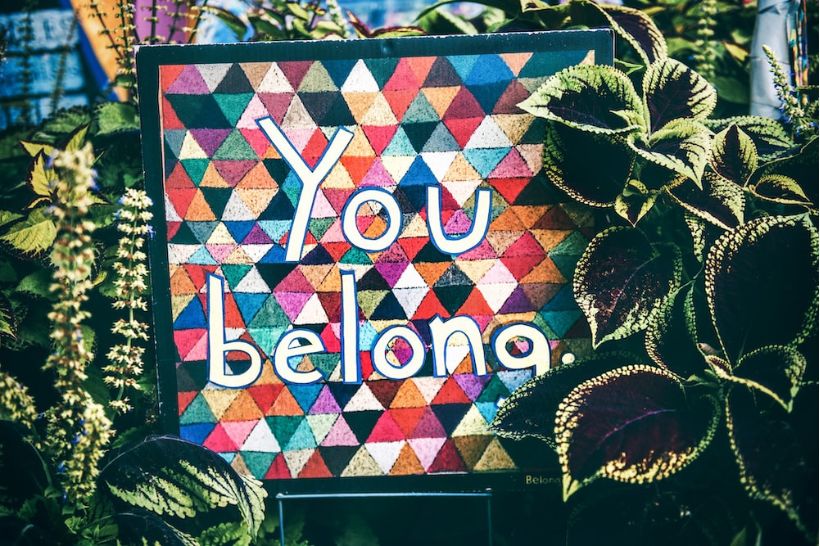Learning, in today’s times, extends beyond the classrooms. And with reports and studies coming in, the focus for educators and parents will remain on teaching our children essential non-academic skills, in addition to all the textbook knowledge they gain every day.
What are these non-academic skills that our children need to focus on? Empathy, kindness, gratitude, acceptance, inclusivity, etc are top on the list, especially in an uncertain world like ours.
Teaching about inclusivity isn’t a one-step miracle. It involves practising what we preach to the kids and reinforcing the ideas with our communication as well as action with the young minds.
We have a special blog and podcast on why inclusivity is important for kids.
Today we tell you 5 simple ways to teach your kids all about inclusivity.
- Be Their Role Model. Really. Children learn more by observing than when being taught. Make sure you practise inclusivity in small acts in your everyday life. Whether it is to the helpers at home or to shopkeepers or other strangers you meet every day. When children see you valuing diversity, they are more likely to adopt similar attitudes.
- Explore Books In This Category: There is a world of books that help raise important conversations with children on KSP Book Club. Very soon we will publish our set of books that teach about inclusivity. But check out the other books on kindness, empathy and gratitude here. Discuss the themes of the books and encourage your children to ask questions and express their thoughts.
- Celebrate Cultural Festivals: We are a part of a “Glocal” world where we celebrate both cultural festivals that are close to our roots as well as a part of things that are bigger in a global scale, like Halloween or Thanksgiving. Educate your kids on the different cultures, practices and keep them aware about the wonderful diversity in celebrations in our country. This hands-on experience will teach your children about different cultures and traditions and help them appreciate the richness of diversity.
- Encourage Friendship: Kids need to understand the whys and hows of what we preach to them. You don’t have to forcefully create an inclusive group for your child making it o obvious to them and others. But drive home the message right and you will find your child doing it automatically.
- Open Conversations: Create a safe space for open conversations about inclusivity, diversity, and differences. Use everyday situations or news events as teaching moments to discuss issues related to inclusivity, discrimination, and social justice. And most importantly, be careful not to pass any rude or insensitive remarks on others, especially in front of children. It sticks with them and they are left confused with this and your preachings of inclusivity and diversity.
Remember that teaching inclusivity is an ongoing process. Encourage your children to ask questions, be curious, and develop empathy for others.

















